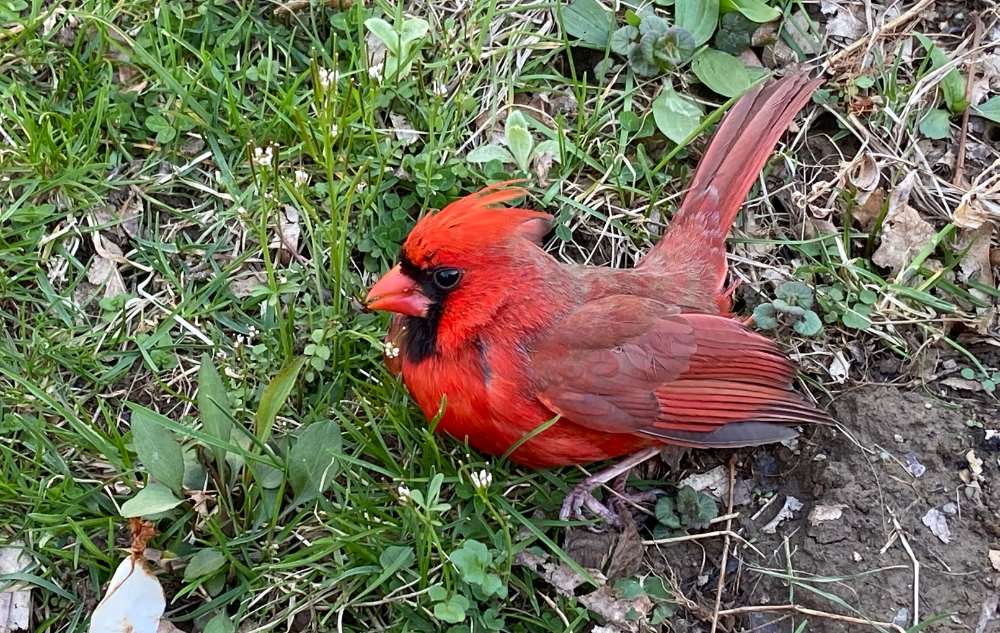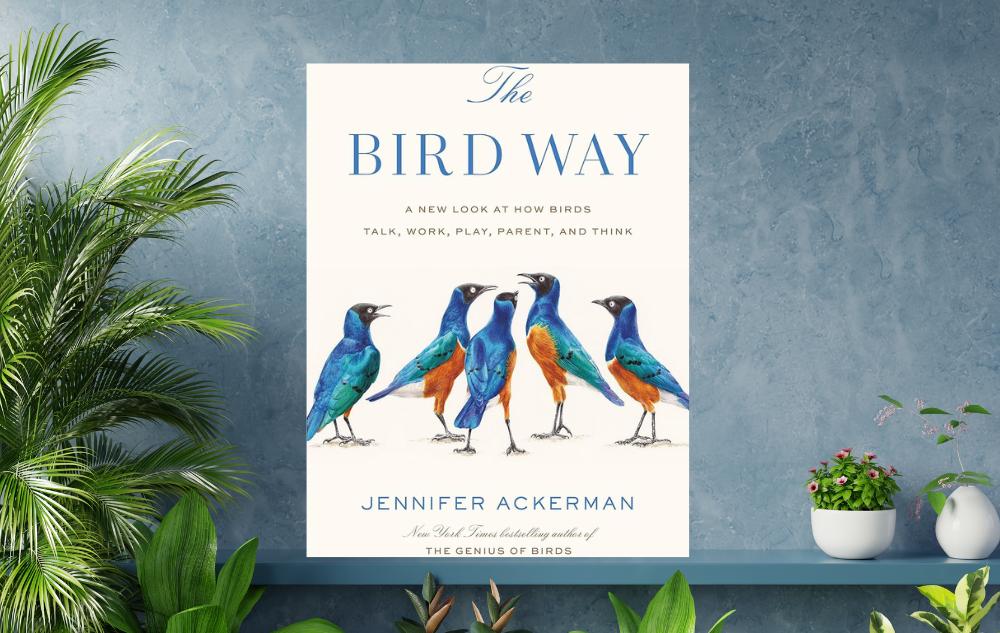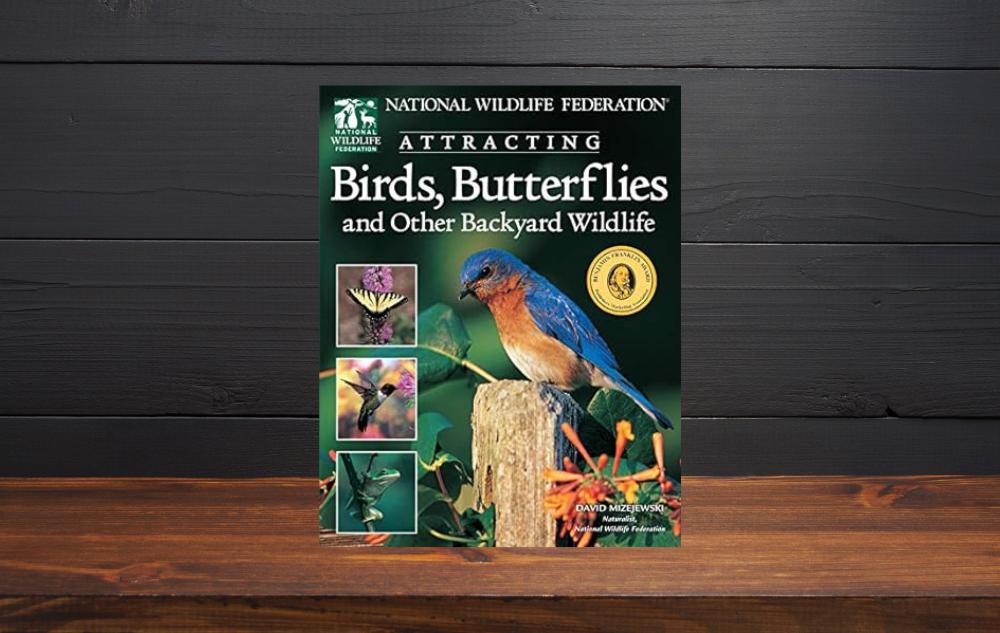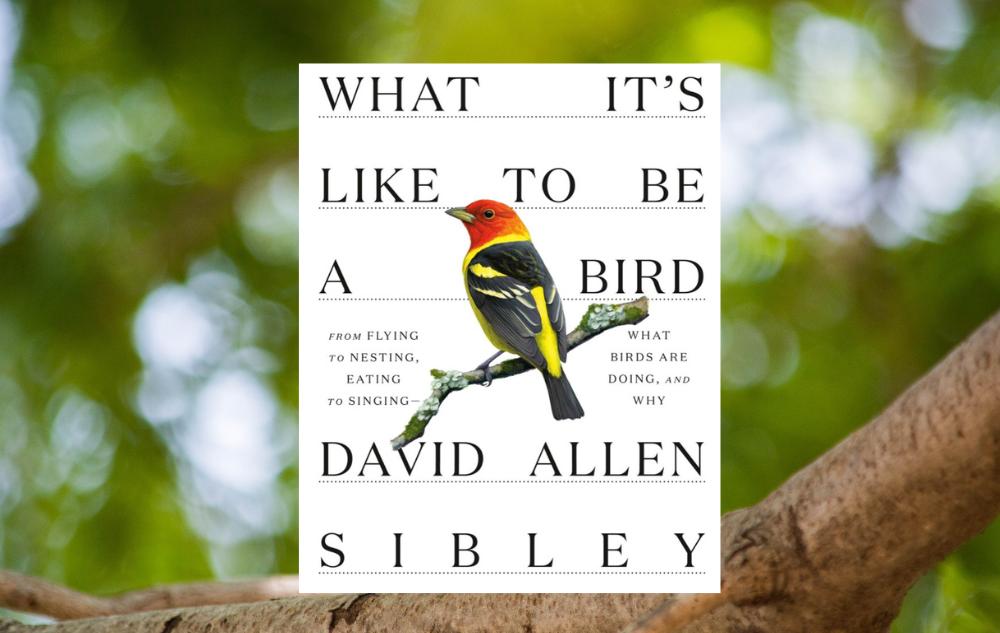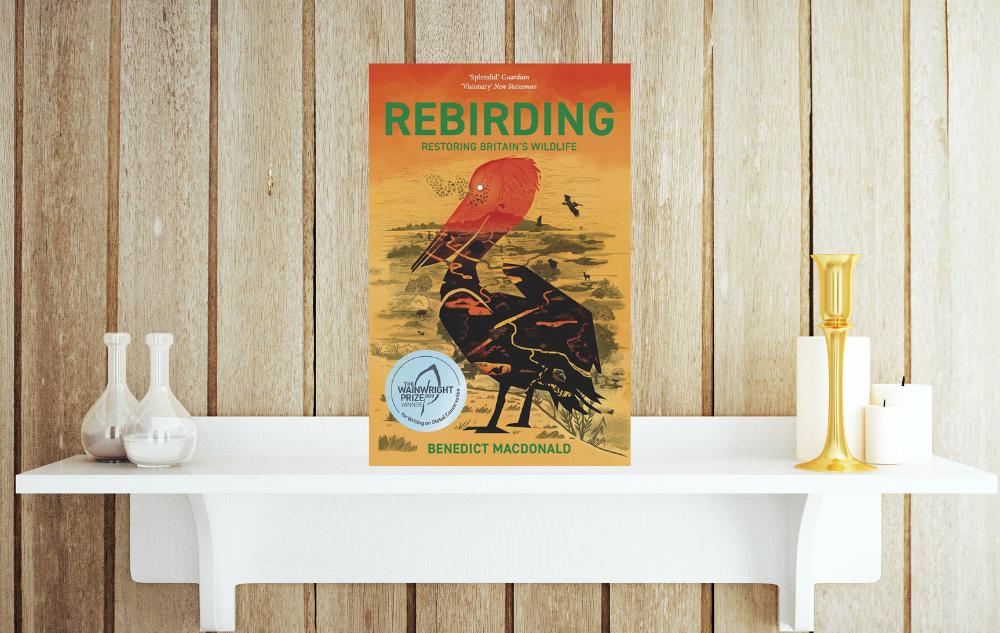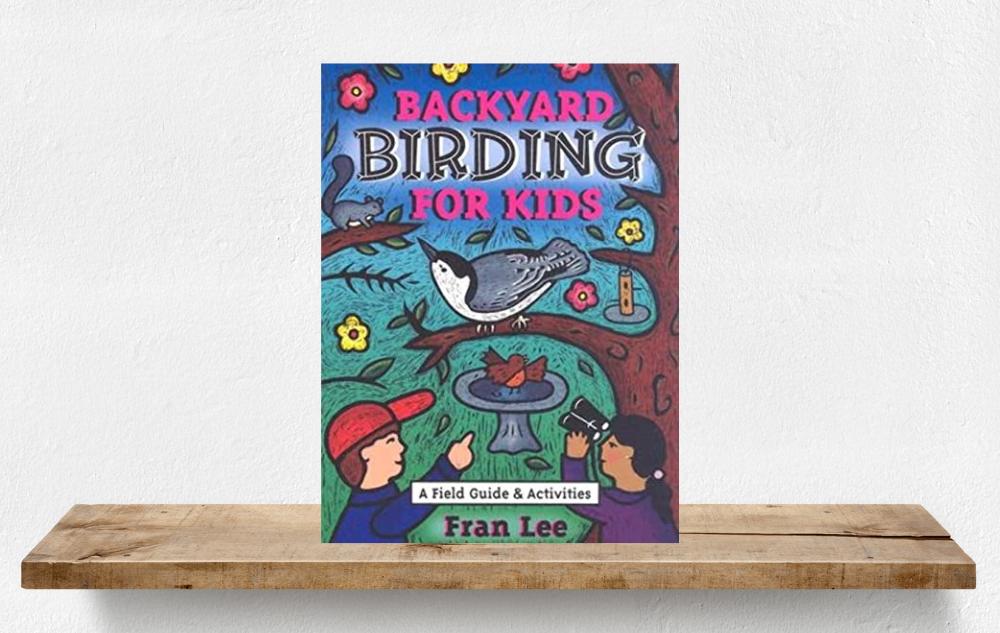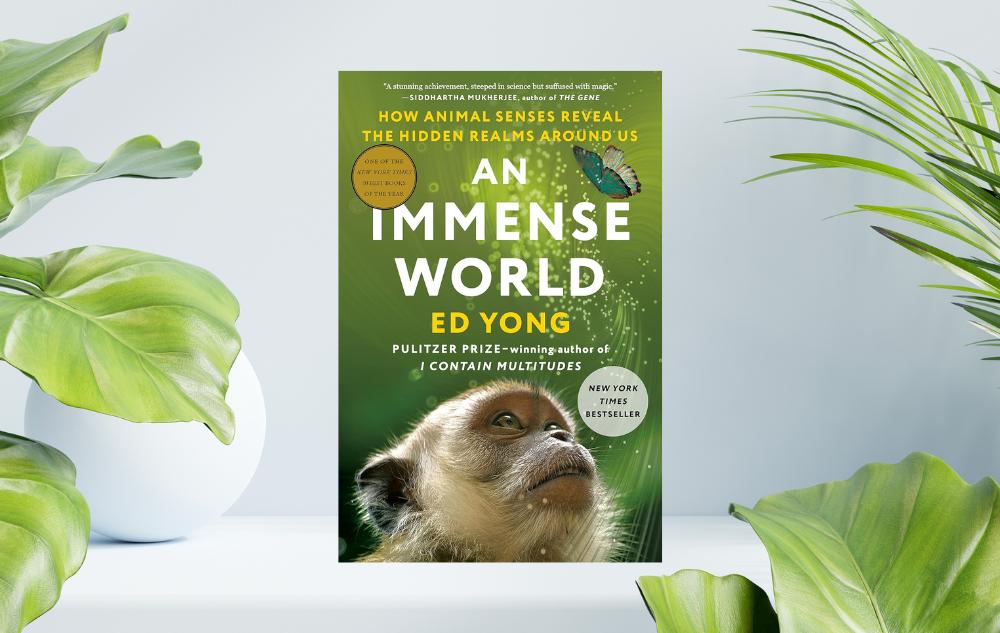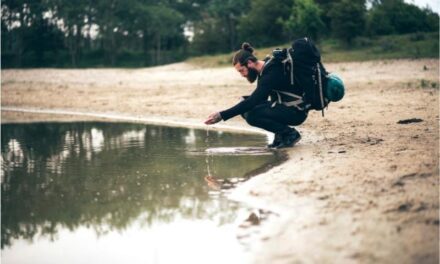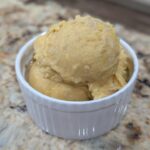Become a Citizen Scientist: Embrace the Christmas Bird Count Tradition
The Christmas Bird Count (CBC) is a fun holiday tradition for anyone who appreciates our feathered friends! During the holidays, individuals, families, and friends can become citizen scientists and participate in counting birds. According to the U.S. Fish & Wildlife Service, “the CBC is one of the world’s oldest and longest-running citizen science programs organized into circles.”
To participate, each citizen scientist group identifies as many birds as they can within 24 hours. Participants can count in their backyard or meet at a pre-determined location spanning a 15-mile radius. Results are tabulated by a CBC count compiler.
Frank Chapman is the creator of the CBC, and is also known as the Dean of ornithology, early Bird Guide writer, and birder by heart. Chapman helped coordinate the first CBC, which began on Christmas Day in 1900. During its first year, citizens in 25 locations from California to Canada participated. The act of counting birds was introduced to replace previous traditions of individuals competitively hunting birds on Christmas.
Today, the Christmas Bird Count is a long-standing tradition of the Audubon Society.
Join in on the fun! You, as a community citizen scientist, can learn so much more about birds while helping scientists collect data. Researchers use this data to identify long-term bird trends, educate the public, and determine the effects of climate change. Learn about birds in your area and around the world by participating in this year’s CBC.
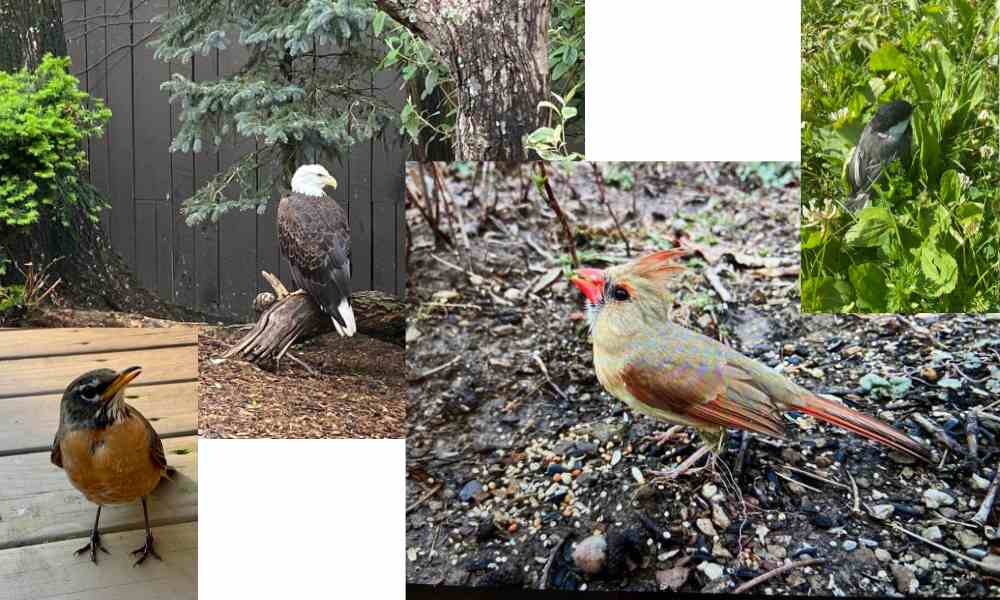
Here are suggestions from the Audubon Society on how to successfully participate in the Christmas Bird Count.
- Get excited! No matter your birding level, you do not have to be an expert. The program is free.
- Sign up for an existing CBC circle. To locate a circle near you, click here. Green and yellow circles are open for new volunteers, and red circles are full. Contact the compiler by email before the count day using the information from the circle pop-ups on the map.
- On your selected Christmas Bird Count day, be prepared with binoculars, weather-appropriate clothing and shoes. It’s recommended that you also bring a drink, a snack, and arrange transportation to your 15-mile-diameter circle. Counting is even easier and more convenient if your backyard feeder is within the circle.
- Follow specified routes through a designated 15-mile (24-km) diameter circle, counting every bird seen or heard daily. The CBC is not just a species tally. All birds are calculated daily, indicating the total number of birds in the circle that day.
- Continue your birding adventure after the CBC is over by signing up for American Birds. You can learn more about the bird count and other programs that you can participate in as a birding citizen scientist.
- Upload your bird photos and view postings and pictures of other volunteers through the CBC Live Tracker.
Have fun!
Love birds? Check out these Recommended Reads to learn more about the feathered friends that live around you. We promise these reads will enrich your birding experiences!
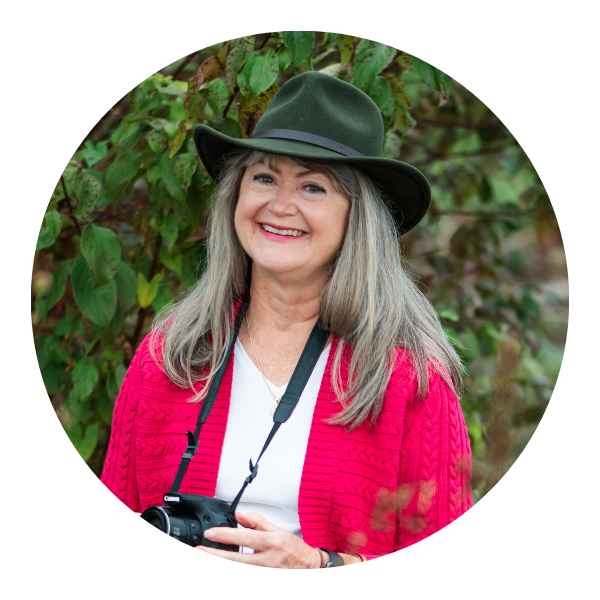
This experience was shared by OPL Naturalist Yvonne Dwyer.
Learn more about Yvonne.

